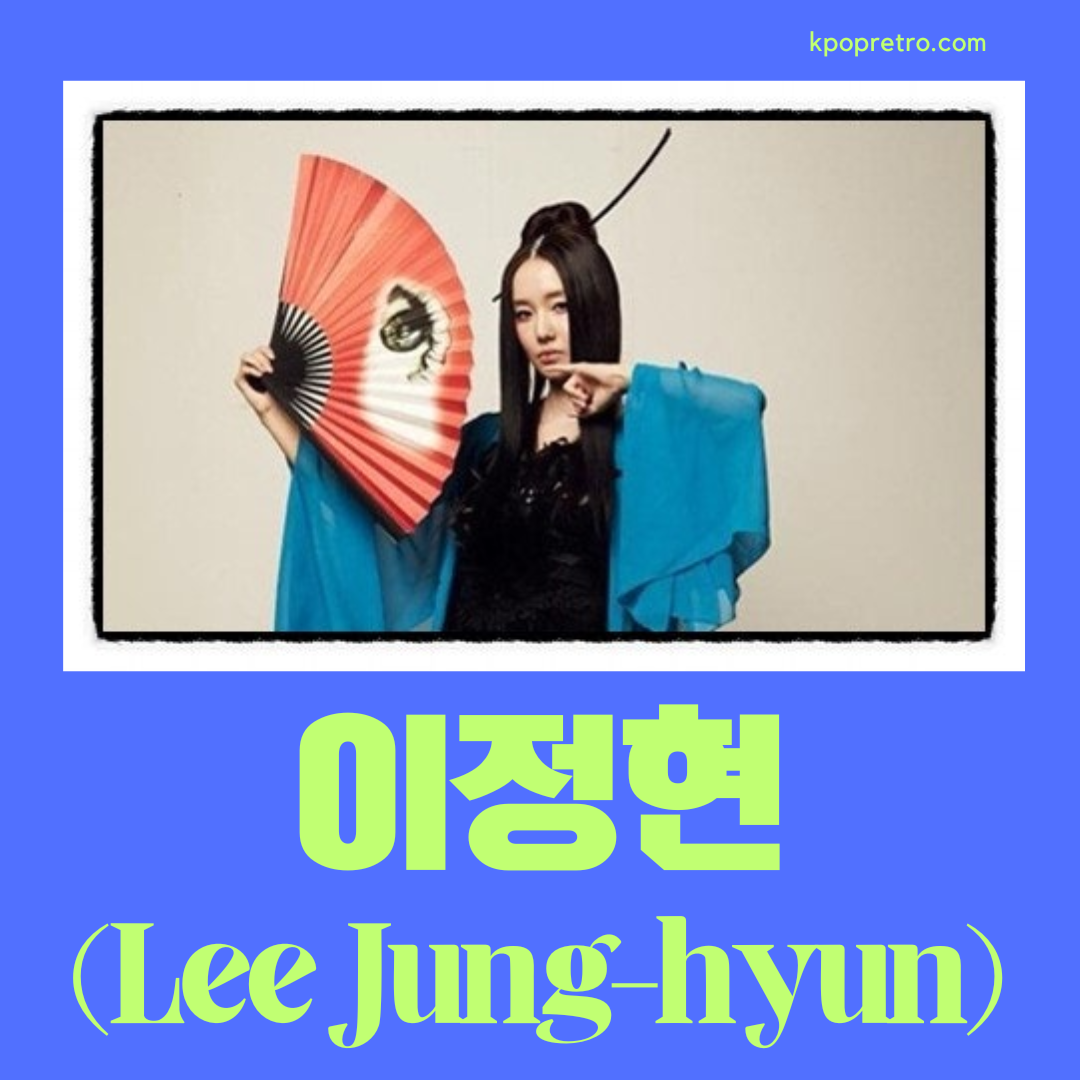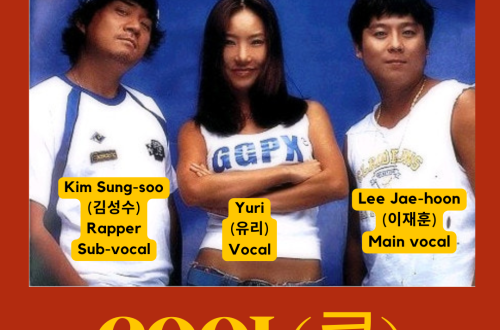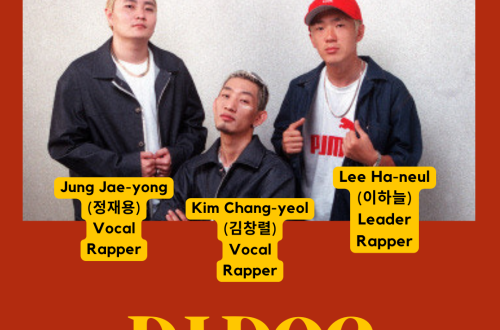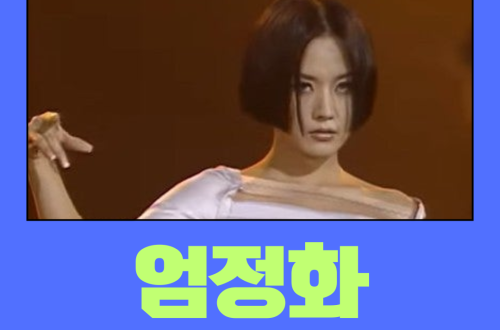🌟 Introduction
Lee Jung-hyun (이정현) is widely known as the “Techno Queen” of Korea,
having completely changed the landscape of K-pop with her futuristic concepts and bold performances.
Debuting in 1999 with Wa (와), she became an instant sensation for her robotic dance, cyberpunk visuals, and experimental sound,
bringing a new level of artistry to the K-pop scene dominated by idol groups.
👤 Artist Background
- Born: February 7, 1980
- Debut: 1999, with the album Let’s Go to My Star
- Originally started as a child actress before transitioning into music.
Her transition shocked the industry—she appeared on stage with doll-like makeup, rotating hairpieces, and robotic choreography—
a radical departure from the norms of the time.
🎶 Music & Legacy
Lee Jung-hyun is known for her techno-pop hits, theatrical performances, and concept-heavy albums.
Her most iconic songs include:
- Wa (와) (1999) — Cyber-techno hit that made her a superstar
- Change (바꿔) (1999) — Known for its bold fashion and choreography
- Give to You (줄래) (2000) — A slightly softer yet still concept-driven side of her music
- Ban (반) (2001) — Futuristic sound with striking visual performance
These songs combined electronic beats, striking visuals, and powerful stage presence,
establishing Lee Jung-hyun as one of the most innovative female solo artists of her time.
🌍 Cultural Impact
- Lee Jung-hyun brought techno and experimental art-pop into mainstream K-pop.
- She proved that female artists could succeed with performance art and risk-taking concepts, not just soft or glamorous images.
- One of the earliest Hallyu wave pioneers, gaining popularity in China and Japan as well.
🎤 Fun Facts
- Nicknamed “Techno Warrior” and “Queen of Performance” by Korean media.
- Often used props like fans, dolls, and LED accessories on stage.
- She is also a successful actress, appearing in films and dramas alongside her music career.
Lee Jung-hyun broke all the rules of her time and showed that K-pop could be art, performance, and spectacle.
Her influence can still be seen today in many concept-heavy idol performances.





